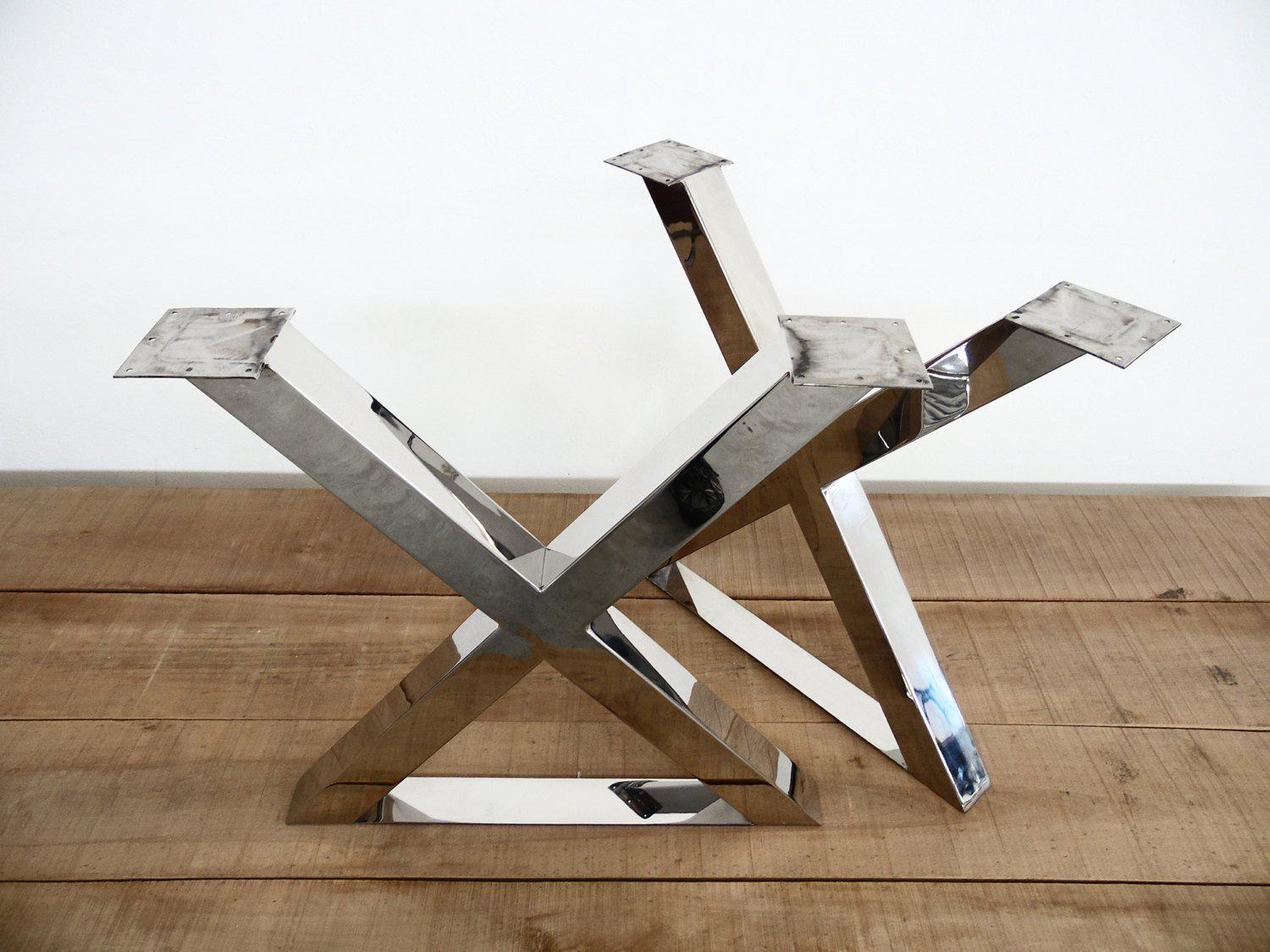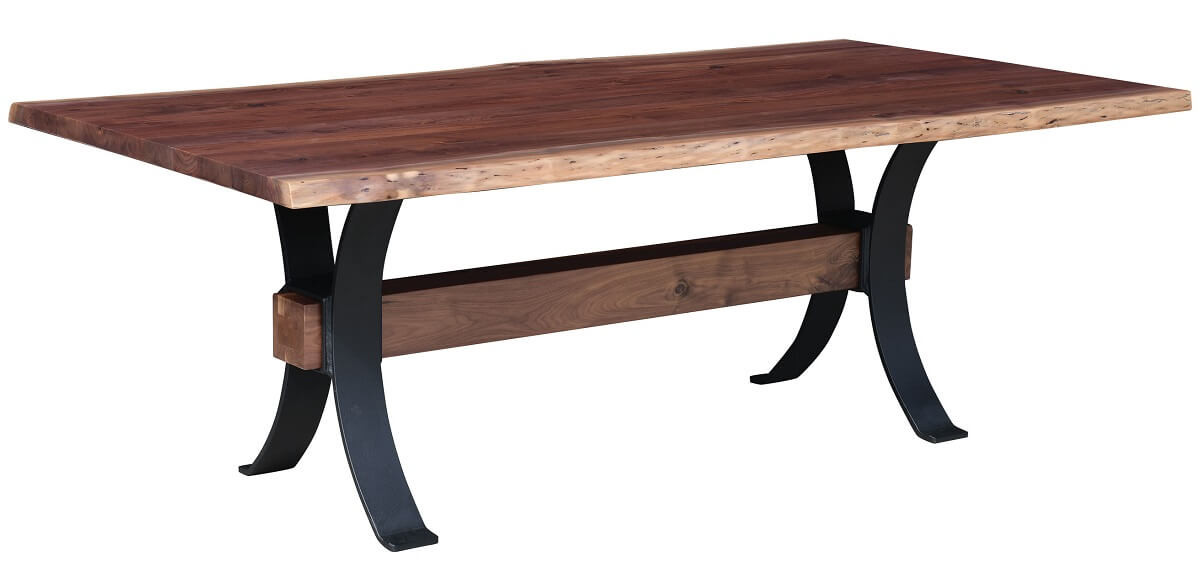Tips for Installing Dining Room Table Legs for a Modern Look
Tips for Installing Dining Room Table Legs for a Modern Look
Blog Article
From Traditional to Modern: Locate the Ideal Dining-room Table Legs for Your Style
The option of dining-room table legs plays a pivotal role in defining the overall character of your space, linking the gap in between typical workmanship and modern looks. While traditional styles such as cabriole and turned legs stimulate a sense of classic refinement, modern styles like hairpin and geometric choices present a possibility for striking aesthetic passion. Examining the appropriate equilibrium between these designs calls for a nuanced understanding of your existing décor and personal preference. As you consider these components, the question stays: exactly how can you perfectly integrate these diverse leg designs to create an unified dining experience?
Comprehending Table Leg Styles
The range of dining-room table leg styles can dramatically influence both the aesthetics and functionality of the room. Each leg style adds special sensible attributes and visual elements, accommodating varied layout choices and usage requirements. Recognizing these styles is vital for selecting the appropriate dining table that lines up with your total interior decoration vision.
For circumstances, tapered legs supply a tidy, timeless appearance that can improve a room's beauty, while stand bases supply stability and maximize legroom, making them optimal for smaller sized rooms. Hairpin legs, a characteristic of mid-century contemporary layout, present an industrial flair, permitting a ventilated, open feel. Trestle legs stimulate rustic appeal, offering durable support and a feeling of eternity.
Furthermore, the selection of products plays a considerable function. Wooden legs can bring warmth and appearance, whereas steel choices typically communicate a streamlined, modern vibe. Eventually, recognizing table leg styles is necessary for creating a natural dining location that reflects personal style while guaranteeing usefulness and comfort. By attentively considering these elements, you can enhance both the practical and visual charm of your eating space.
Conventional Table Leg Options
When picking dining-room table legs, typical options typically personify ageless elegance and craftsmanship. These styles show an abundant heritage and a dedication to quality, making them excellent for those that appreciate classic aesthetic appeals.
Among one of the most iconic conventional leg styles is the cabriole leg, identified by its graceful rounded form. This layout usually includes attractive makings and is most frequently located in Queen Anne and Chippendale furniture. One more prominent choice is the turned leg, which boasts a series of smooth, rounded forms that give a classic look while maintaining stability.
Furthermore, the straight leg, while easy, uses a sturdy and unadorned structure that can blend perfectly with a variety of tabletop styles. For those drawn to ornate detailing, claw-and-ball feet legs evoke a feeling of majesty and can serve as a magnificent centerpiece in any dining room.
Finally, stand bases, although not strictly legs, give a different conventional alternative that permits for adequate legroom and can be magnificently carved. Each of these traditional leg designs adds to the general atmosphere of a dining-room, marrying feature with visual appeal.

Modern Table Leg Designs
Modern table leg styles provide a varied variety of designs that highlight cutting-edge materials and tidy lines. These styles often prioritize performance while serving as striking centerpieces within an eating area. Minimalist aesthetics prevail, with legs crafted from materials such as steel, glass, and engineered timber, which add to a airy and modern feel.
One popular layout is the barrette leg, identified by its slender, conical framework that supplies stability without frustrating the tabletop (dining room table legs). This style is usually discovered in mid-century contemporary furnishings and can effortlessly match numerous table forms. One more trend is making use of geometric visit forms, where legs might take on angular or unbalanced forms, including visual rate of interest and a touch of virtuosity

Blending Designs for Special Spaces
Usually, property owners look for to create unique eating areas that reflect their personal design by mixing different design elements. This technique permits the incorporation of diverse appearances, causing a harmonious yet distinct environment. Matching a rustic wooden table with sleek, modern steel legs can create an appealing comparison that raises the room's total charm.
Additionally, integrating vintage table legs with modern table tops can evoke a sense of background while maintaining a modern-day sensibility. Such combinations not only display private preference however likewise motivate imagination, permitting house owners to curate an area that really feels both personal and welcoming.
Color plays a critical role in this mixing process; selecting table legs that match or comparison with the existing color system can enhance visual rate of interest. For instance, whitewashed legs can soften the daring of a dark table surface area, developing a balanced visual.
Tips for Picking the Right Legs
Selecting the right table legs is essential for achieving both functionality and aesthetic appeal in your eating room. Begin by considering the general design of your area. Standard setups take advantage of legs that feature complex makings or transformed styles, while modern rooms may require smooth, minimal designs.
Next, evaluate the height and security of the legs. dining room table legs. Standard table range in between 28 to 30 inches in height, so make sure the legs enhance this dimension for convenience. In addition, robust products, such as wood or steel, can boost stability and long life
Review the leg form as well-- options include directly, tapered, or stand styles. Straight legs offer a classic look, while conical legs can include a touch of beauty. Pedestal bases supply ample legroom and are optimal for smaller sized spaces.
Final Thought
In recap, picking the ideal eating room table legs calls for careful pop over here factor to consider of both traditional and modern styles. Typical alternatives such as cabriole and transformed legs use ageless sophistication, while modern layouts like hairpin and geometric shapes offer a modern touch. By harmonizing leg design, elevation, and product with the overall décor, a natural and inviting ambience can be attained. Eventually, the chosen table legs check this site out should mirror the wanted visual, boosting the dining experience within the space.
The variety of eating room table leg designs can dramatically influence both the looks and performance of the room. Eventually, comprehending table leg styles is essential for developing a cohesive eating area that reflects individual style while making sure practicality and convenience.One of the most iconic typical leg styles is the cabriole leg, identified by its graceful bent shape. Straight legs use a timeless appearance, while conical legs can add a touch of style.In summary, choosing the ideal dining area table legs requires cautious factor to consider of both conventional and modern-day designs.
Report this page